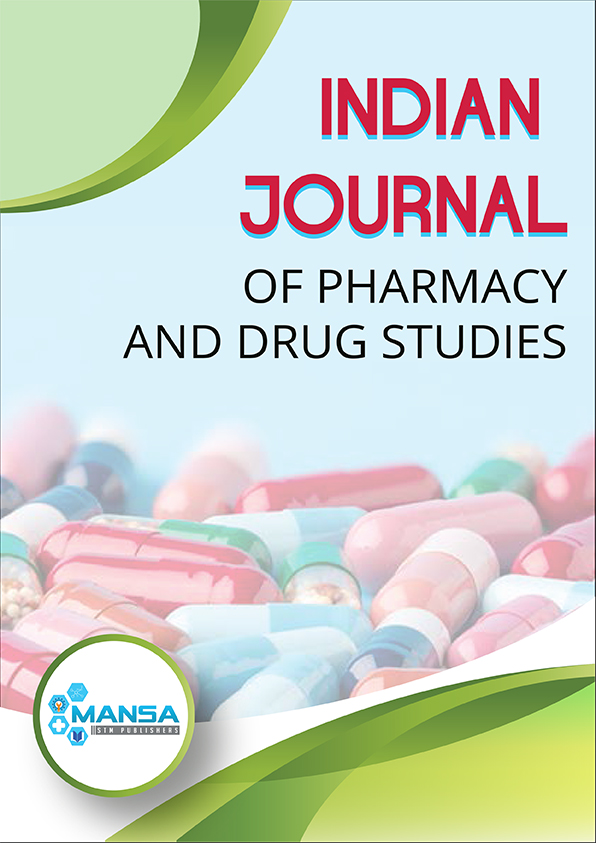In silico bioactivity prediction and topical formulation of Piper longum root for skin cancer
Keywords:
Skin Cancer, Molecular docking, Piper longum, nuclear receptor for Vitamin D, ProTox II, Cream formulationAbstract
Background: Skin cancer is exceedingly common and the incidence is rising rapidly. Although the mortality rate for skin cancer is not as large as other cancers but still a steady mortality rate around the world remains. As per various reports, a significant number of skin cancer cases have been reported in India mostly from the Northern and Eastern regions. Objectives: Although many treatment strategies for skin cancer have been developed over the years, most of them deal with cell toxicity. So, the main objective of this work is to develop a topical formulation using an alternate herbal sourceie, Piper longum which can provide solution to skin cancer. Methodology: A herbal treatment strategy, using Piper longum has been demonstrated by an in silico bioactivity study. Further, a set of topical cream formulations using Piper longum was prepared and evaluated. Results: The study yielded three major compounds, Episesamine (-10.4 kcal/mol), Fargesin (-9.6 kcal/mol) & Pellitorine (-9.1 kcal/mol) from Piper longum were highly effective against skin cancer nuclear receptor for Vitamin D (1DB1). The toxicity predicted by the ProTox II tool revealed all ligands with 4-5 level of toxicity and very high LD50 values can be predicted to be safe for human usage. The evaluation of the cream formulation reveals it to be smooth, semisolid nonirritant in nature having high shelf life and spreadability of around 0.3g.cm/s. Conclusions: Hence from the results we can conclude that Piper longum is predicted to have many phytochemicals with multitude of anti-skin cancer effects and its formulation was also found to be stable, but further, in vitro and in vivo research is required for its usage in humans.
Downloads
Downloads
Published
Issue
Section
License
Copyright (c) 2024 Saptarshi Samajdar, Debojit Samajdar

This work is licensed under a Creative Commons Attribution-NonCommercial-NoDerivatives 4.0 International License.




